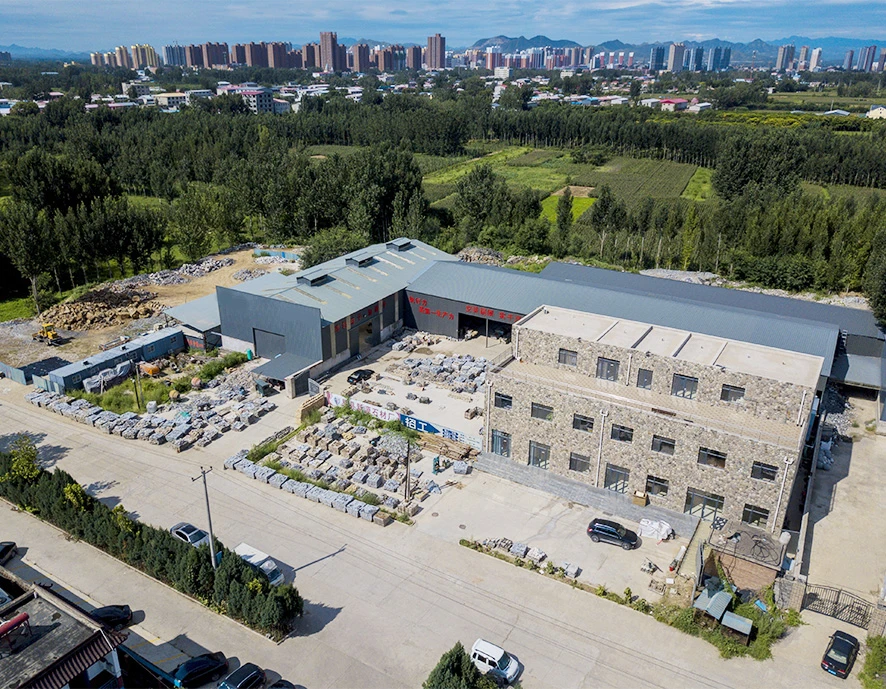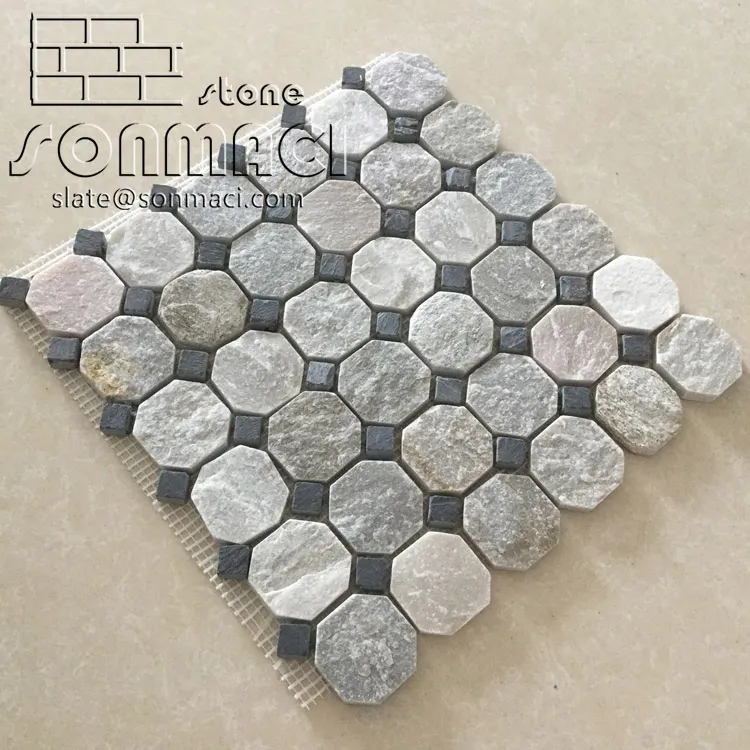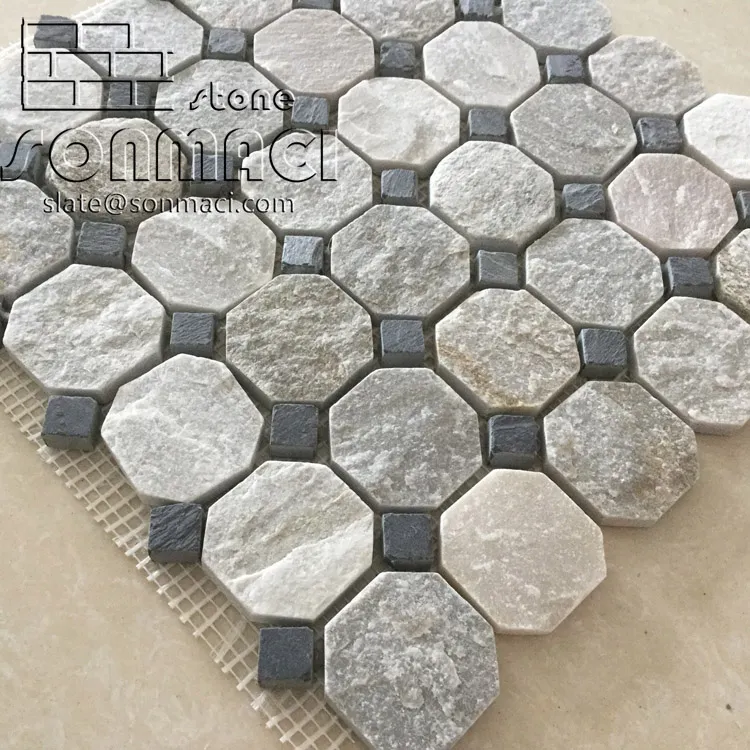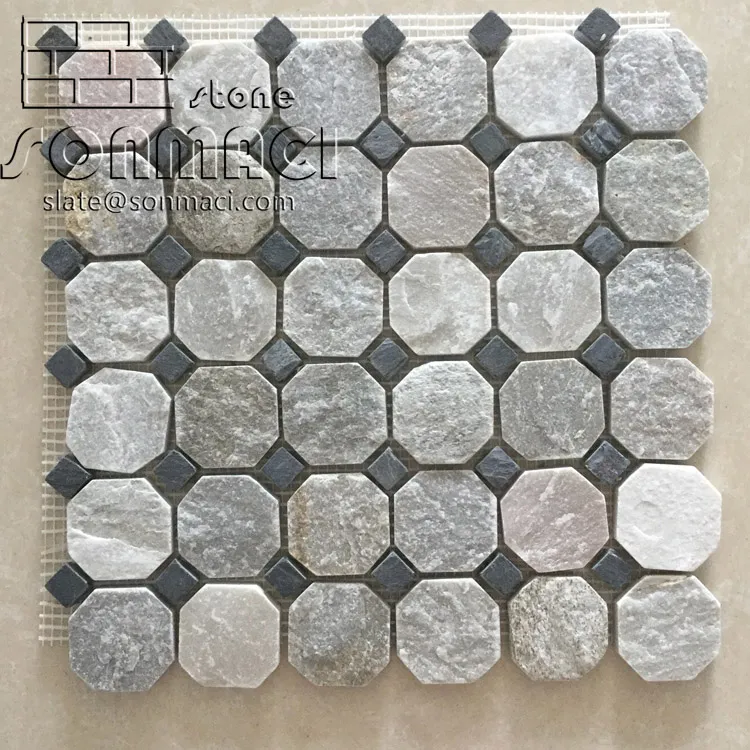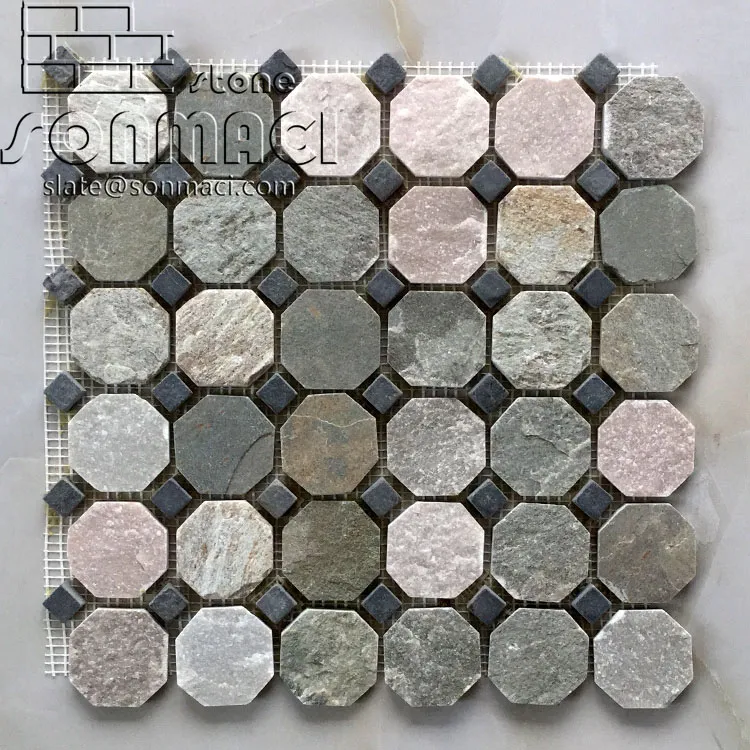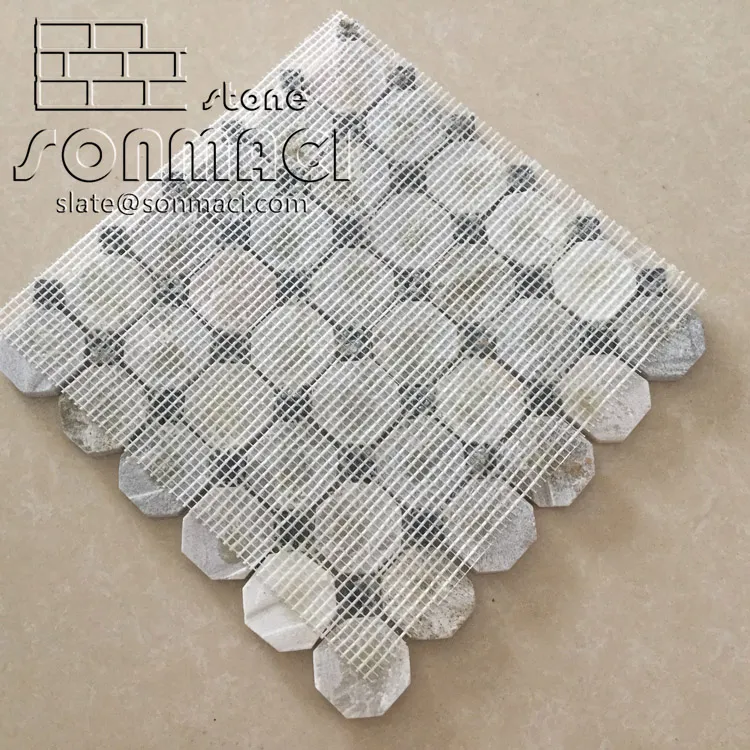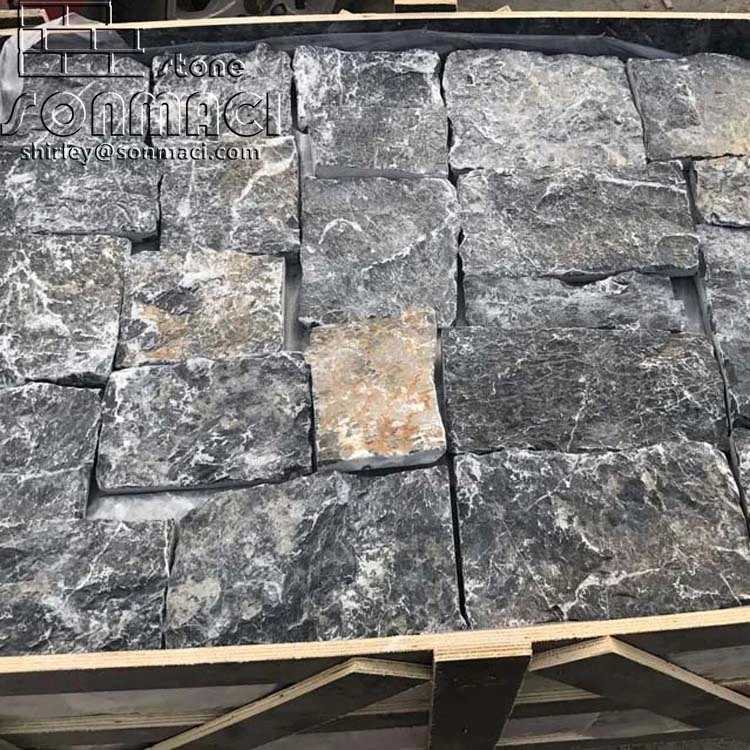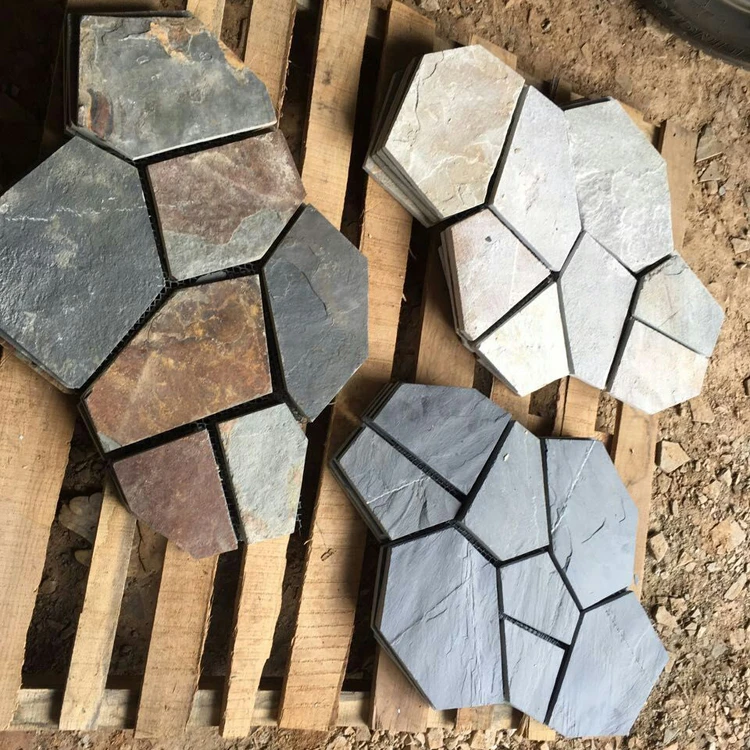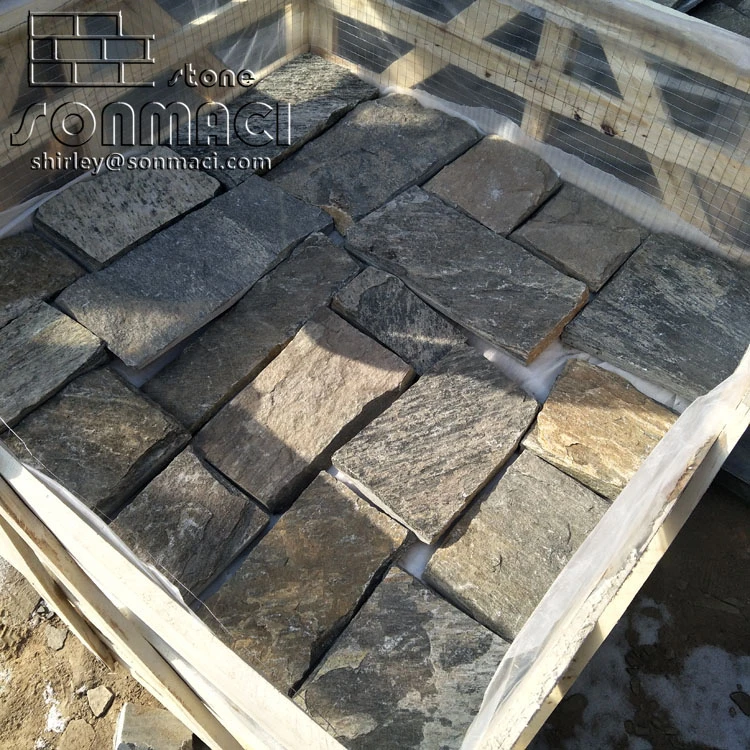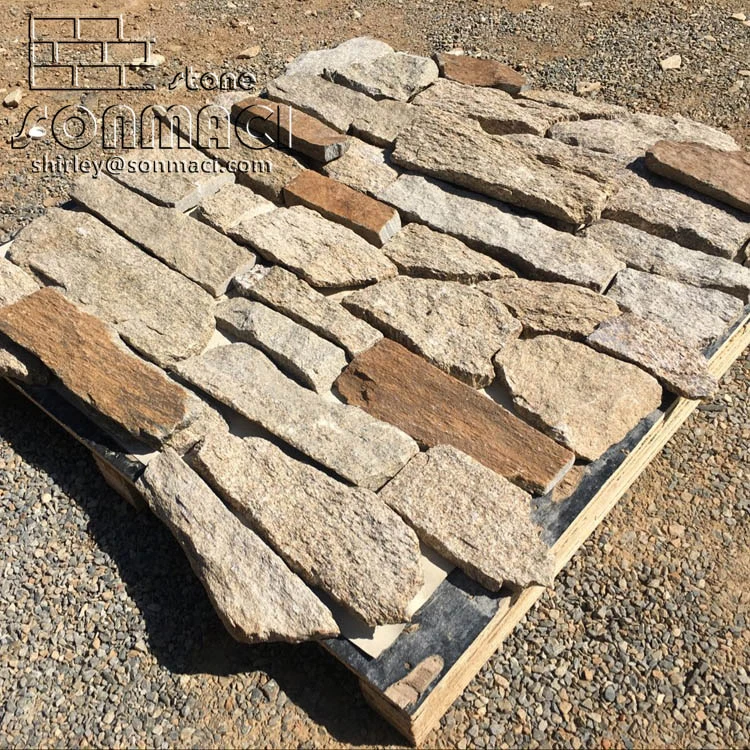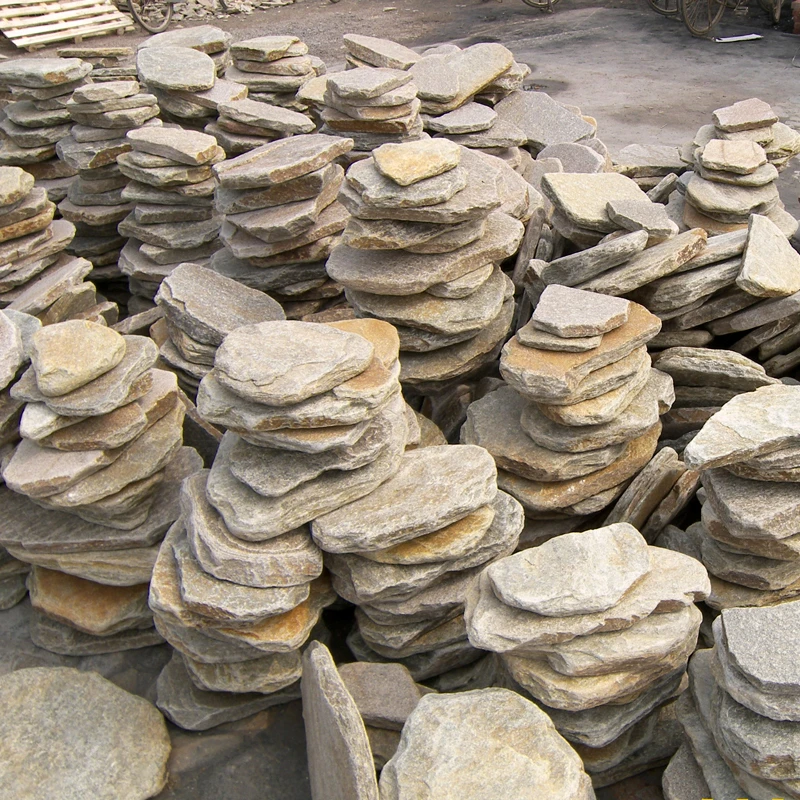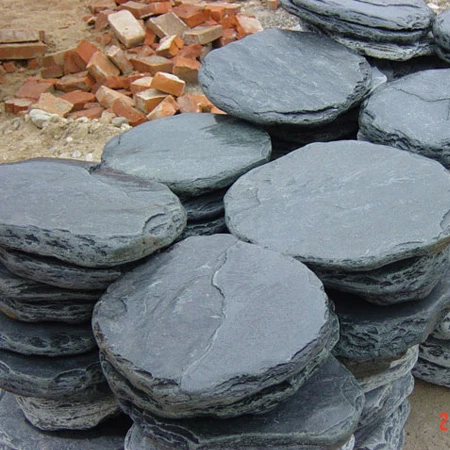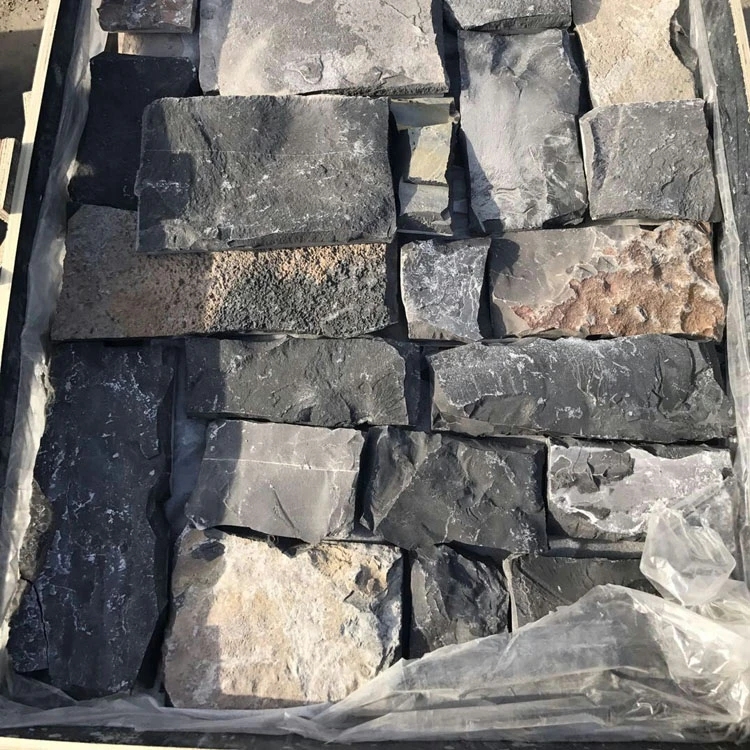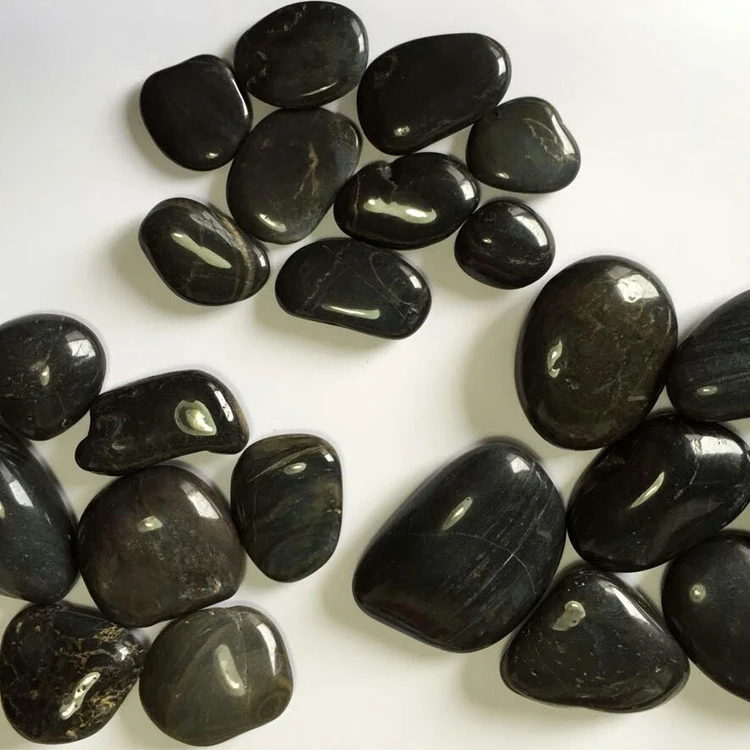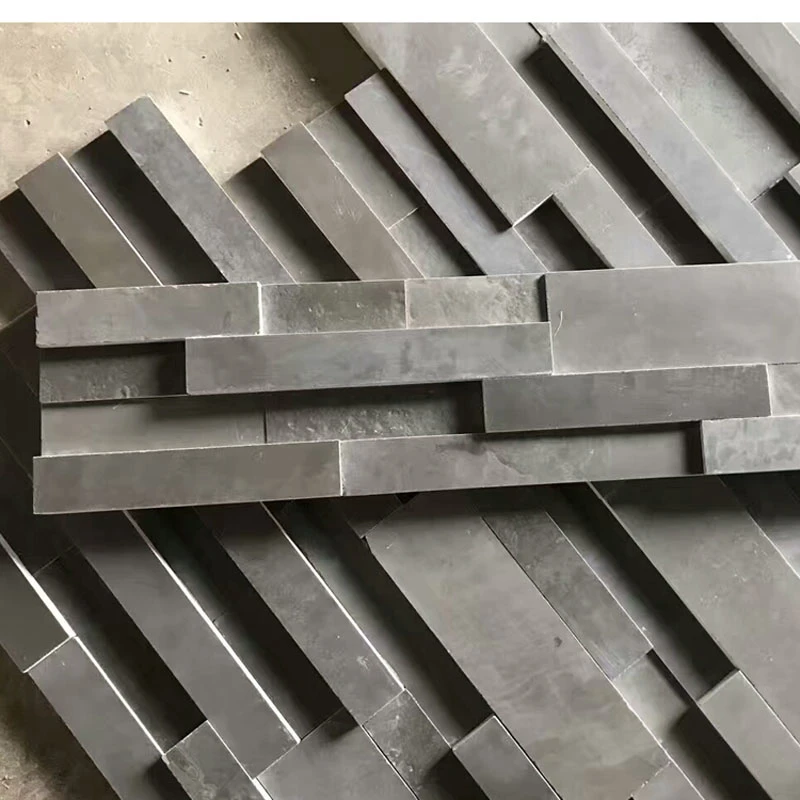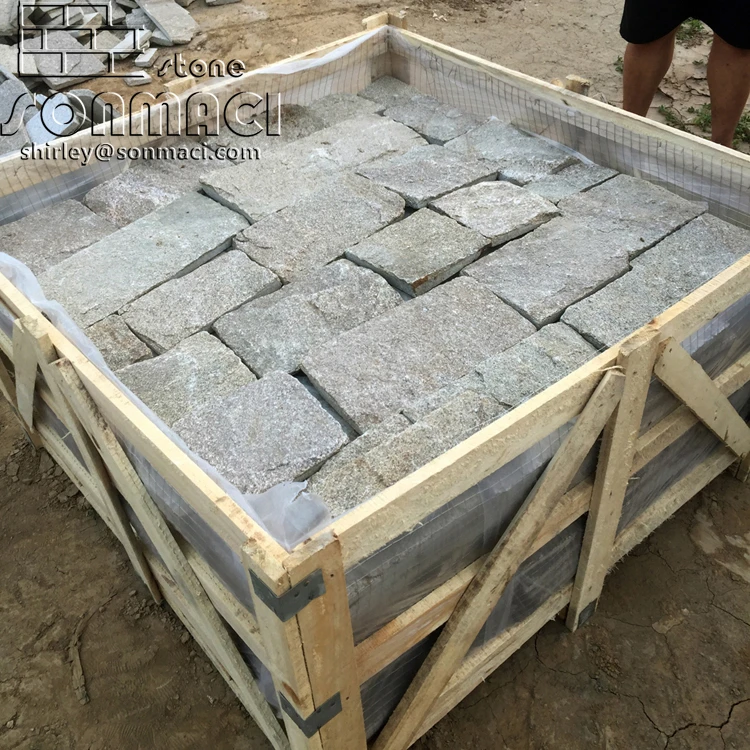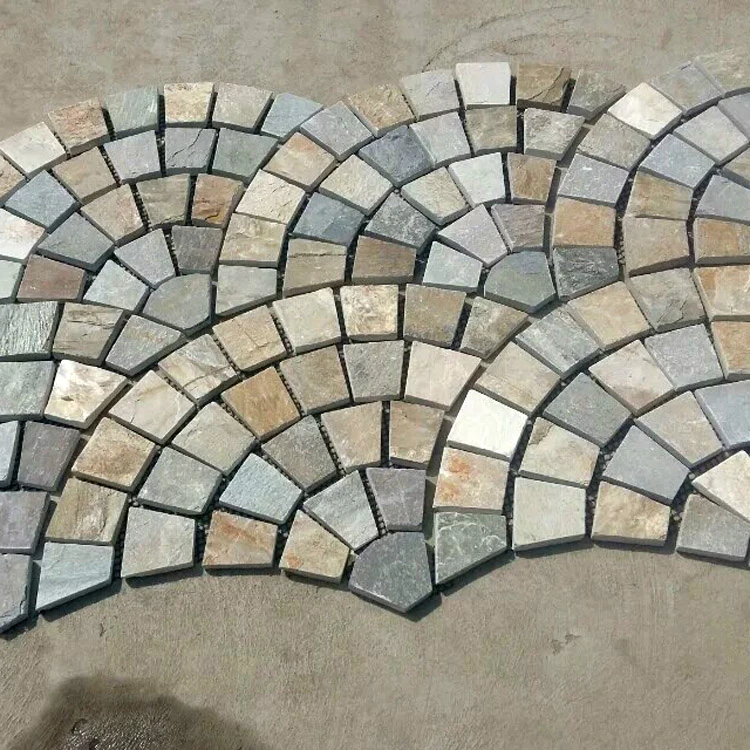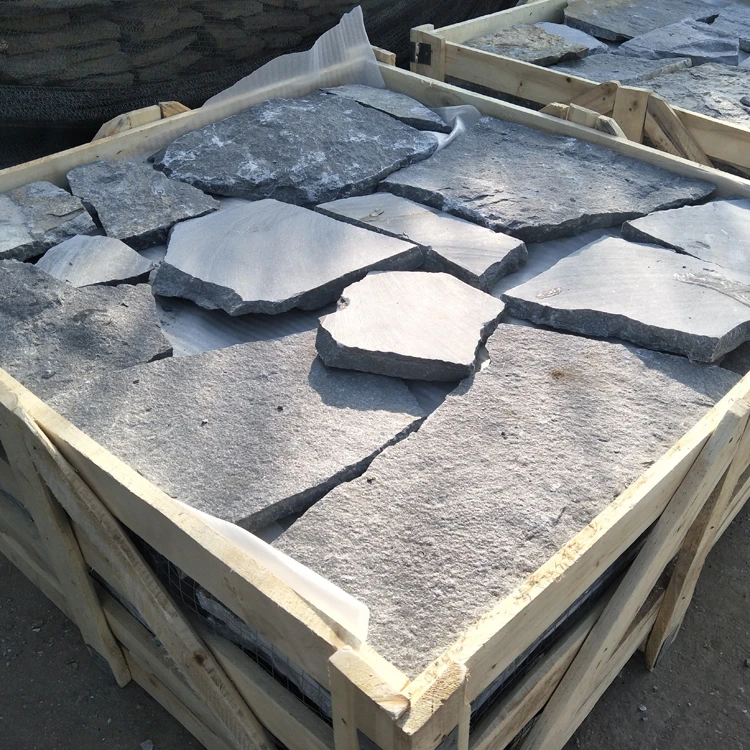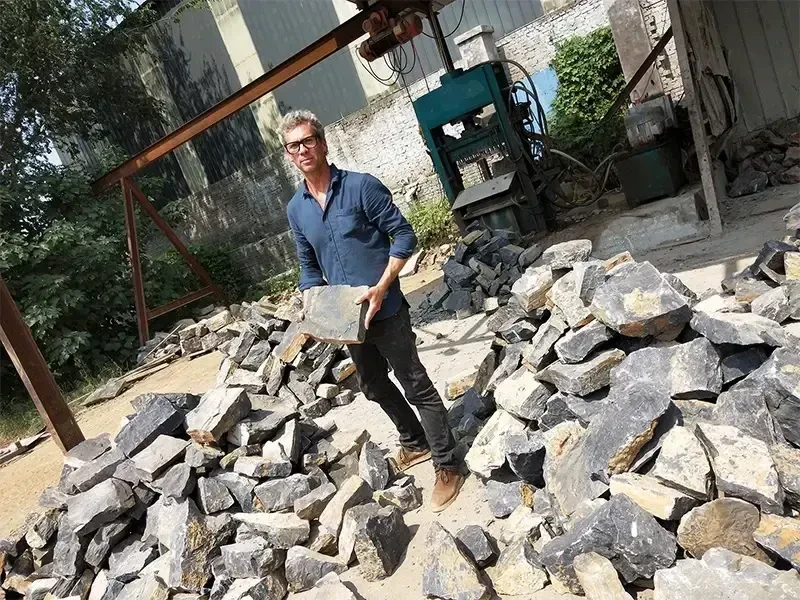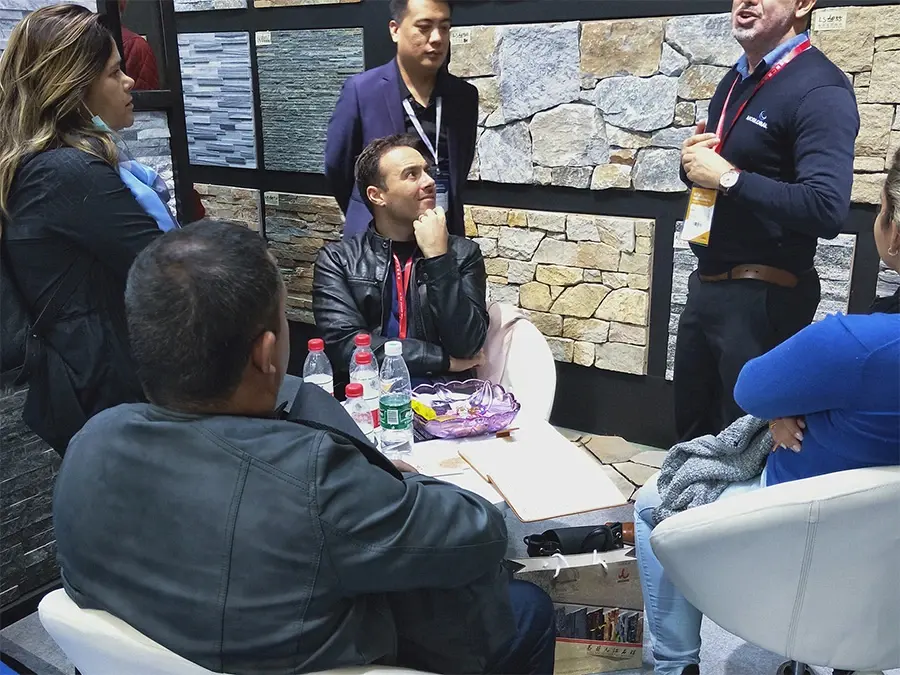Mixed Color Slate Stone Mosaic Wall Tile Wholesale
| Item | Mixed Color Slate Stone Mosaic Wall Tile Wholesale |
| Material | slate / marble and other stone |
| Color | Chinese Multicolor, Beige, Rusty, Yellow, Grey, Black, Pink, White, Mixed Color. |
| Processing Mode | Hand Split, Machine cut to individual tile in request size, Be Glued on mesh backing. |
| Surface Finish | Honed, Brushed, Tumbled, Polished, Natural. |
| Regular Size | 300x300x10mm, 305x305x10mm, 600x600x10mm. |
| Feature | Riched veins, solid texture and bright colors, low water absorption,Resist acid,light,fire and coldness. |
| Usage | Decorative material for wall cladding, Flooring Mosaic, Kitchen Mosaic, Toilet Mosaic, Floor Tile. Easy installation. |
| Quality Assurance | Our factory deal with Slate Stone products for over 13 years, with rich experience to control best quality. |
| Packing | 11pcs/box 36 boxes/crate 30 crates/20GP Or according to the customers' requirements |
| Loading Port | TIANJIN |
| Payment Item | 30% T/T in advance and 70% balance at once against the copy of B/L |
| Delivery Time | 15 days for one 20 FCL after receive the deposit |
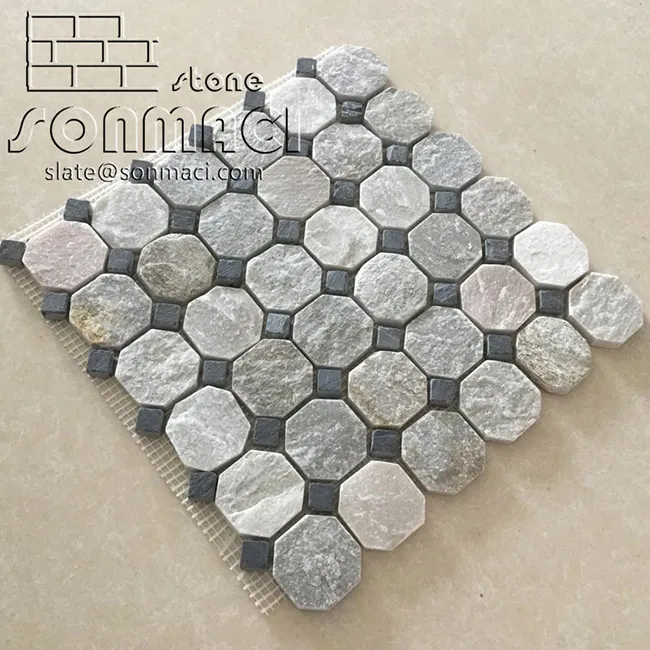
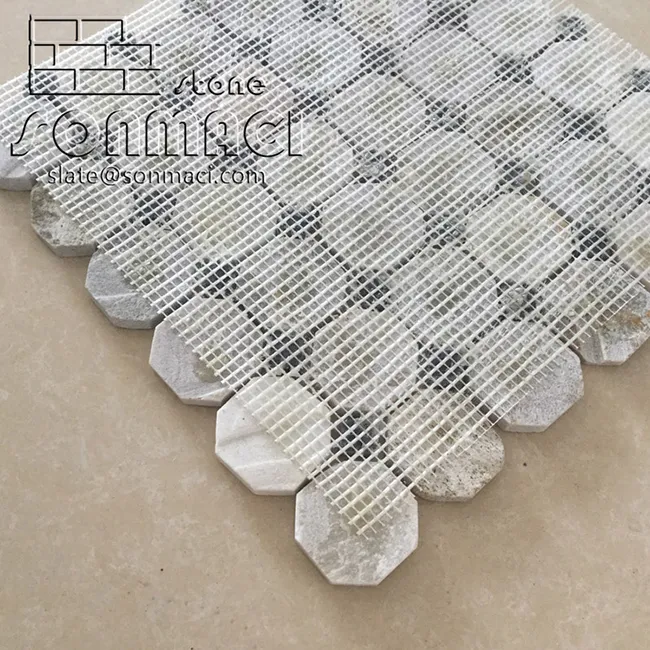
The Art and Craft of Stone Mosaic Creation
Stone mosaic is an ancient art form that transforms fragments of natural stone into breathtaking visual compositions, blending geological beauty with human creativity. This meticulous process begins long before the first stone is set, originating in the careful selection of materials that will determine the mosaic's ultimate character. Quarried slabs of marble, travertine, slate, and other natural stones are hand-sorted for color harmony, with artisans examining each piece for unique mineral patterns, veining, and textural qualities that will contribute to the final design's depth and movement.
The design phase is where artistry and geometry converge. Master craftsmen translate concepts into full-scale cartoons, mapping out intricate patterns that account for the natural variations in stone thickness and coloration. Traditional tessellated designs demand mathematical precision in cutting, while organic compositions allow for more fluid arrangements that mimic nature's randomness. This planning stage is crucial, as it determines how light will interact with the finished piece—whether polished surfaces will catch illumination like gemstones or honed finishes will absorb it for softer effects.
Stone cutting is both science and art, employing a range of techniques from age-old hand tools to modern waterjet technology. Skilled workers shape each tessera (individual mosaic piece) to exact specifications, with some methods preserving the stone's natural cleft edges for rustic appeal and others creating razor-sharp precision for contemporary designs. The cutting process reveals hidden dimensions of the stone's personality—interior crystalline structures in granite, fossilized patterns in limestone, or metallic flecks in schist that only become visible when the stone is opened.
Assembly transforms these individual elements into cohesive artworks. The direct method involves pressing stones into fresh adhesive, allowing for real-time adjustments to color gradients and pattern flow. Indirect techniques assemble the mosaic face-down on temporary backing for later installation as a complete unit. Both approaches require an artisan's eye for balancing consistency with intentional variation—the subtle imperfections that prove human hands shaped the work.
Finishing touches elevate the mosaic from craft to masterpiece. Grout selection can either accentuate the pattern with contrasting colors or disappear seamlessly with tone-on-tone blends. Final polishing brings out latent characteristics in the stone, with some areas buffed to a mirror shine and others left matte for tactile contrast. The completed stone mosaic becomes more than surface decoration; it's a permanent dialogue between earth's raw materials and human imagination, capable of transforming floors, walls, and architectural features into enduring works of art that gain character with time.
